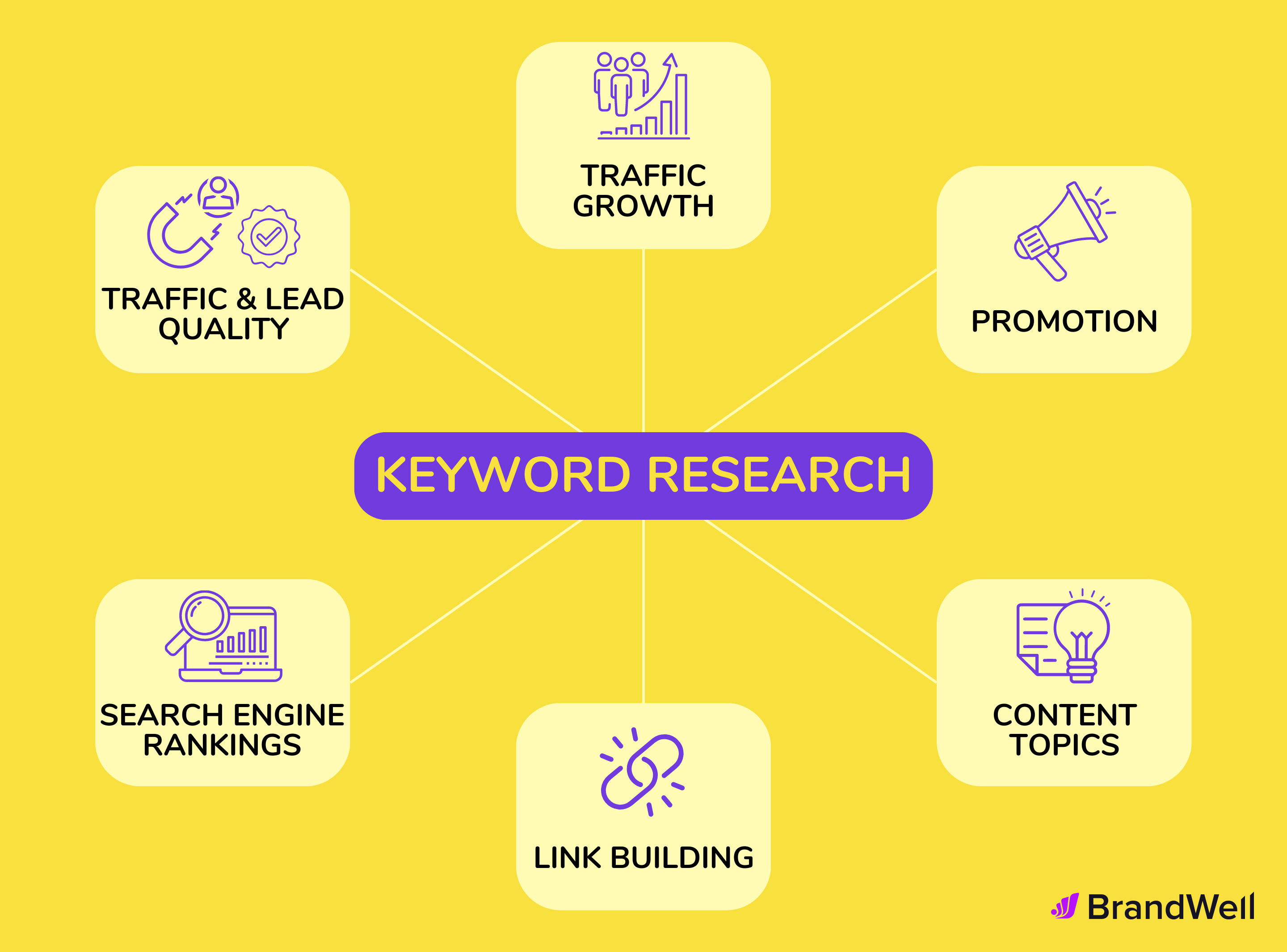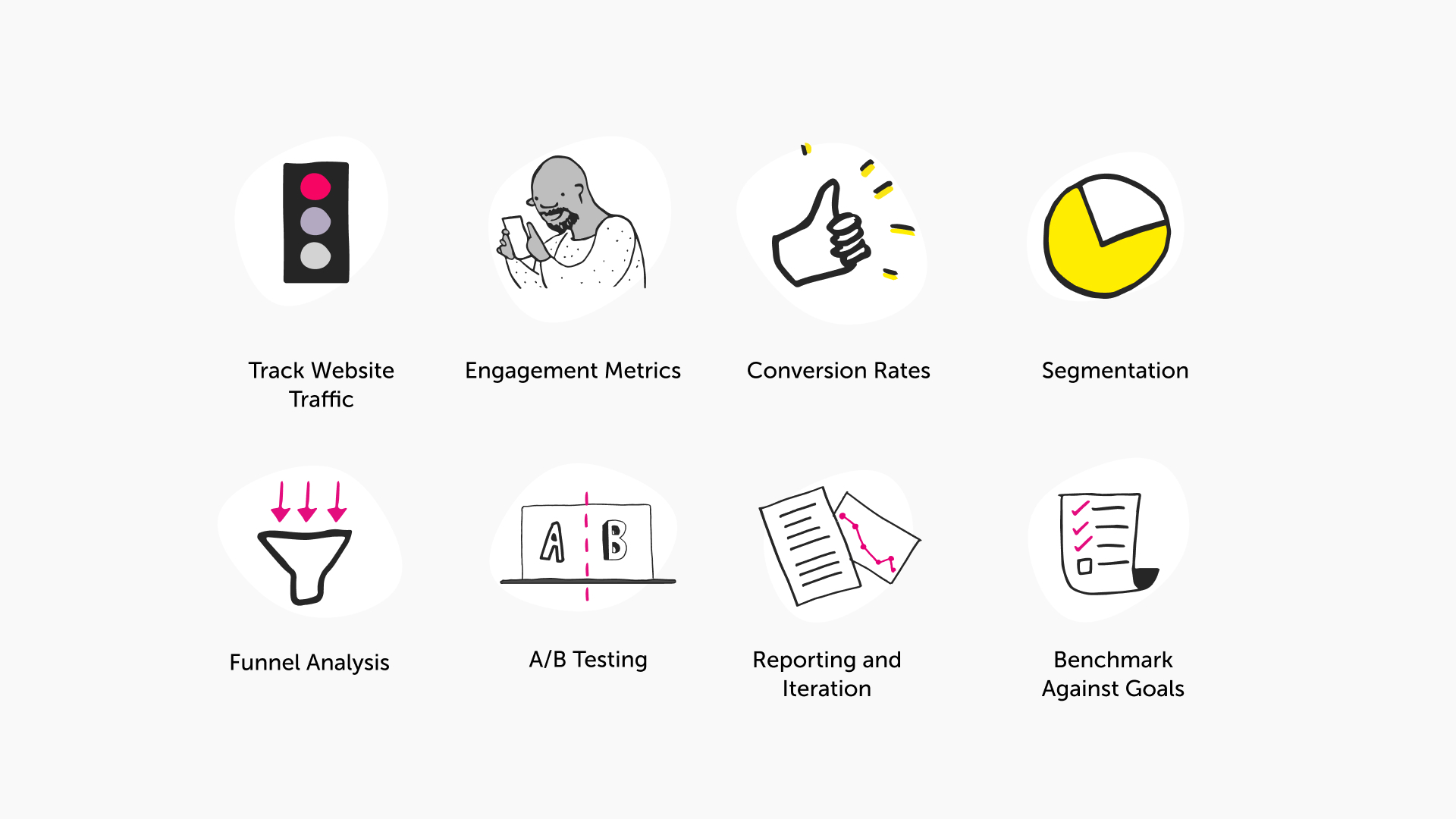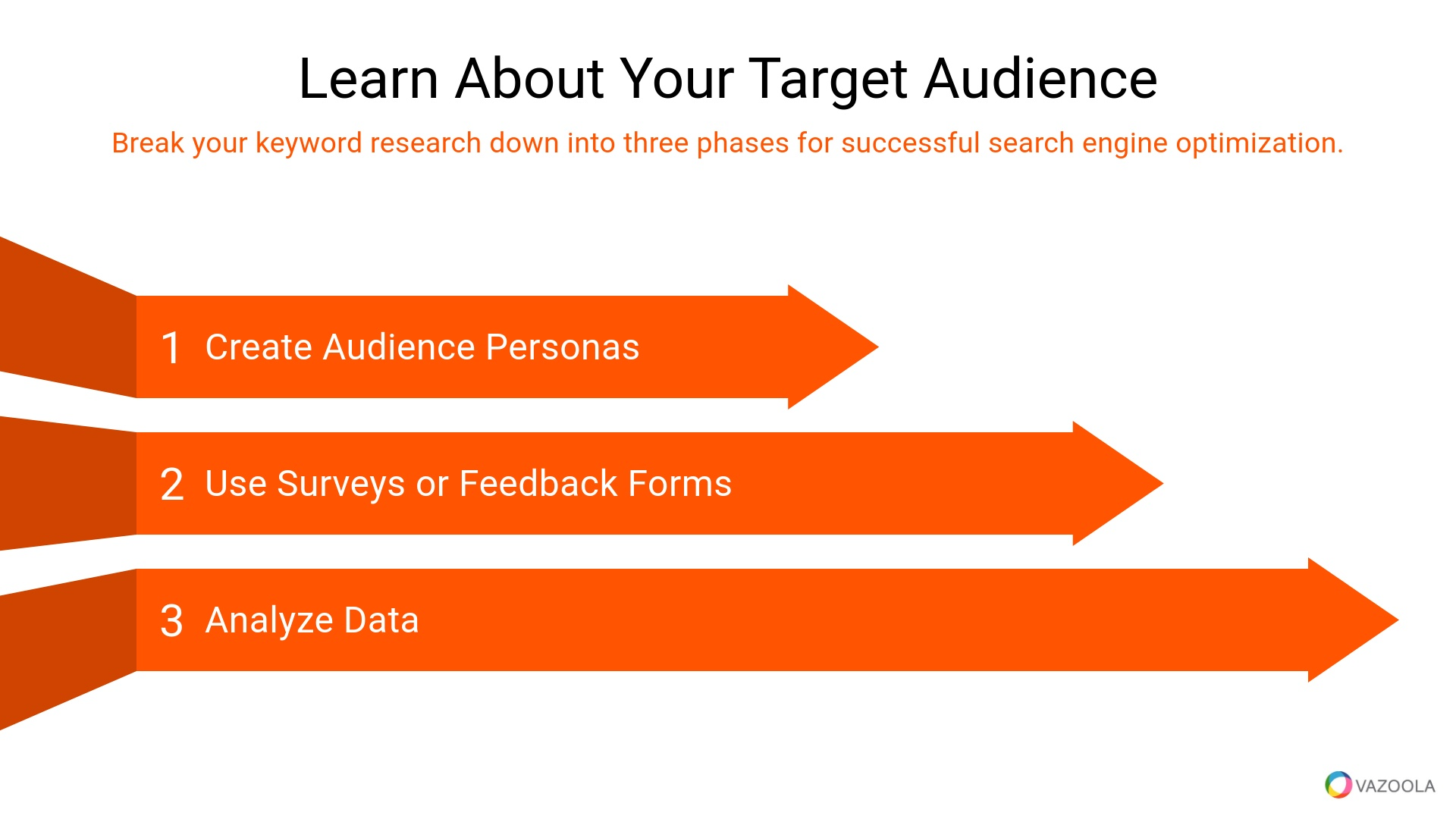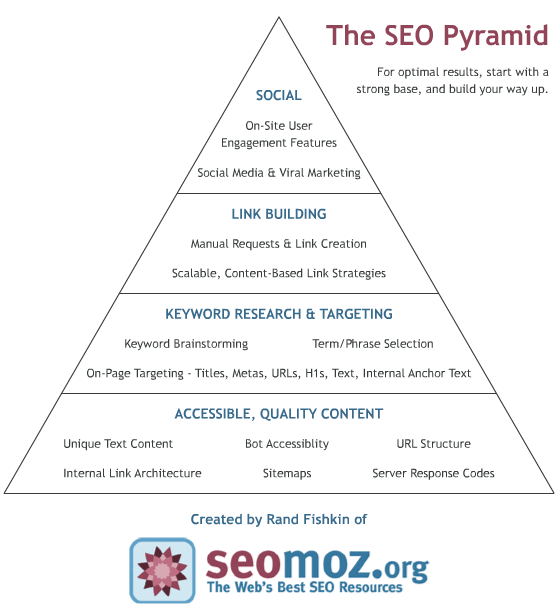Mastering Keyword Research: The Cornerstone of Online Success
Estimated reading time: 15 minutes
Key Takeaways
- Understanding audience search behavior is the critical first step to online success.
- Keyword research is the fundamental process that unlocks this understanding, forming the bedrock of effective search engine optimization (SEO).
- This guide provides a comprehensive approach to conducting effective keyword research, understanding its role in SEO, and leveraging it for successful content marketing.
- “Effective keyword research is the foundation of successful SEO and content marketing, allowing businesses to understand their audience’s search behavior and craft content that meets user needs.”
Table of contents
In the vast and ever-evolving digital landscape, achieving online success hinges on one fundamental principle: understanding what your audience is searching for. This is where the power of keyword research truly shines. It’s not merely a technical task; it’s the foundational process that unlocks genuine audience insight and serves as the bedrock of effective search engine optimization (SEO). Without a deep understanding of the terms and phrases your potential customers use, your meticulously crafted content risks remaining undiscovered, lost in the digital noise. This comprehensive guide is designed to illuminate the path to mastering keyword research. We will delve into its critical role in SEO, provide a step-by-step methodology for conducting effective research, and illustrate how to leverage these insights for successful content marketing initiatives. As a guiding principle, remember: “Effective keyword research is the foundation of successful SEO and content marketing, allowing businesses to understand their audience’s search behavior and craft content that meets user needs.” [Source: GeeksforGeeks, Moz, Semrush, Yoast]
What is Keyword Research and Why is it Crucial?
At its core, keyword research is the systematic process of identifying the specific words and phrases that potential customers or audience members use when searching on search engines for information, products, or services relevant to your niche. It’s about stepping into the shoes of your audience and understanding their digital language. [Source: GeeksforGeeks, Moz, Semrush]

The crucial importance of this process for businesses and content creators cannot be overstated. It acts as a direct bridge, connecting what people are actively looking for with the content you create. Imagine trying to have a conversation without knowing the language – that’s akin to creating content without keyword research.

Furthermore, keyword research directly influences your search engine optimization strategies. By understanding the terms your audience uses, you can optimize your content to be discovered and visible in search results, driving organic traffic to your website. Without this understanding, even the most valuable content can remain hidden. [Source: GeeksforGeeks, Moz, Semrush, Innovation Visual]

This research also forms the bedrock of successful content marketing. When you understand the search queries your target audience is using, you can ensure your content resonates with them, drives engagement, and ultimately achieves your marketing objectives. It’s about creating content that not only informs but also attracts.
The SEO aspect is paramount: “Success in SEO depends on matching content with the search queries of your target audience.” [Source: Semrush, Yoast]
The Process of Effective Keyword Research
Embarking on effective keyword research involves a structured, multi-step approach. It’s a blend of creativity, data analysis, and strategic thinking.
Step 1: Brainstorming Seed Keywords
The initial phase involves generating broad, foundational topics related to your business, products, services, or industry. Think about the core concepts and initial ideas that define your online presence. What are the most obvious terms someone would use to find you?
For instance, if your business sells outdoor gear, your seed keywords might include:
- Hiking boots
- Camping tents
- Backpacking tips
- Outdoor apparel
- Adventure gear
This step is about casting a wide net to capture the essential themes. [Source: MSU Digital Extension]

Step 2: Utilizing Keyword Research Tools
Once you have your seed keywords, it’s time to leverage specialized tools to uncover a more extensive list of relevant terms. A variety of essential keyword research tools are available, ranging from free options like Google Keyword Planner to comprehensive paid platforms such as SEMrush and Ahrefs. [Source: Semrush, Ahrefs]
These tools are invaluable for discovering a wider range of related SEO keywords, including the highly valuable long-tail variations (more specific, multi-word phrases). They provide critical data points that inform your strategy:
- Search Volume: This indicates how often a keyword is searched for on a monthly basis. Higher search volume often means more potential traffic, but also potentially higher competition.
- Keyword Difficulty (KD): This metric estimates how challenging it will be to rank on the first page of search results for a particular keyword. Lower difficulty is generally more attainable.
- Cost-Per-Click (CPC): While primarily for paid advertising, CPC data can offer insights into the commercial value and demand for certain keywords.

Step 3: Understanding Search Intent
A critical aspect of keyword research is understanding the search intent behind a user’s query. Why is someone typing this particular phrase into a search engine? Matching your content to the user’s intent is paramount for ranking well and satisfying the user.
There are four primary types of search intent:
- Informational: Users are seeking information or answers to a question. Examples include “how to tie a tie” or “what is keyword research.”
- Navigational: Users are trying to find a specific website or page. Examples include “Facebook login” or “Amazon homepage.”
- Commercial: Users are researching products or services before making a purchase decision. Examples include “best running shoes” or “iPhone 15 reviews.”
- Transactional: Users are ready to make a purchase. Examples include “buy iPhone 15” or “order pizza online.”
Performing detailed keyword analysis is key to deciphering the intent behind different search queries. [Keywords: keyword analysis]

Step 4: Performing Keyword Analysis
With a list of potential keywords and an understanding of search intent, you can now perform a thorough analysis. Key metrics to evaluate include:
- Search Volume: As mentioned, this shows popularity.
- Keyword Difficulty (KD): This helps gauge the competitive landscape.
- Relevance: How closely does the keyword align with your content and niche? This is paramount. A high search volume keyword is useless if it doesn’t align with what you offer.
[Source: Ahrefs]
When evaluating keywords, consider not just their ranking potential but also their ability to drive qualified traffic – visitors who are genuinely interested in what you offer and are more likely to convert.
A strategic advantage lies in identifying and targeting long-tail keywords. These are more specific, multi-word phrases (e.g., “waterproof hiking boots for wide feet”). They often have lower competition and higher conversion rates because they indicate a more specific user intent. [Source: GeeksforGeeks, Ahrefs]
Integrating Keywords into Your Content Strategy
Once you’ve identified your target keywords, the next crucial step is to integrate them effectively into your content and overall strategy.
On-Page Optimization Techniques
This involves strategically and naturally incorporating your chosen SEO keywords into key areas of your web pages and blog posts. The goal is to signal relevance to search engines while maintaining readability for users.
Key areas to focus on include:
- Title Tag: This is the headline that appears in search engine results pages (SERPs). It’s a primary indicator of your content’s topic.
- Meta Description: This is the short snippet of text below the title tag in SERPs. While not a direct ranking factor, it entices users to click.
- Headings (H1, H2, H3, etc.): Use headings to structure your content logically. Include keywords where they naturally fit within these headings.
- Body Content: Weave keywords seamlessly into the narrative. Focus on providing value and a positive user experience. Avoid overusing keywords.
- Image Alt Text: Describe your images using relevant keywords. This helps with image search and accessibility for visually impaired users.
Crucially, you must avoid “keyword stuffing” – the practice of unnaturally overusing keywords. This can not only harm your rankings but also alienate readers, leading to a poor user experience. [Source: Semrush, Yoast]

Content Creation Informed by Keywords
Keyword research directly informs topic ideation for all forms of content marketing, from blog posts and articles to landing pages and product descriptions. By understanding what users are actively searching for, you can create highly relevant, valuable, and authoritative content that directly addresses their needs and aligns with their search intent. [Source: Yoast, Nomensa]

The Synergy Between Keywords and Content Marketing Success
The strategic use of well-researched keywords in targeted content is directly linked to improved search engine rankings and a significant increase in organic website traffic. This synergy is fundamental to digital marketing success. [Source: Semrush, Innovation Visual]
The broader impact includes enhanced brand visibility, increased user engagement, and the development of a stronger perceived authority within your industry. All of this stems from a consistent, keyword-focused content strategy. [Source: Innovation Visual]
Advanced Keyword Research Tips and Best Practices
To truly excel in keyword research, consider these advanced strategies and best practices:
Competitor Keyword Analysis
Examining the keywords your competitors are ranking for can be incredibly insightful. This process can reveal opportunities you might have missed and provide valuable insights into their successful content strategies. Tools like SEMrush and Ahrefs are excellent for this. [Source: Conductor, Ahrefs]

Identifying Keyword Gaps
Building on competitor analysis, actively look for keywords that your competitors are *not* effectively targeting. These “keyword gaps” present prime opportunities for your content to capture an audience that is currently underserved.

Staying Current
The digital landscape is dynamic. Search trends evolve, algorithms update, and user behavior shifts. It’s essential to continuously monitor keyword performance data, stay abreast of industry trends, and adapt your strategy accordingly to maintain and improve SEO results. [Source: GeeksforGeeks, Innovation Visual]

Iterative Process
Keyword research is not a one-time task; it’s an ongoing, iterative process. Regularly revisit your keyword strategy, analyze new data, and refine your approach. This continuous effort is essential for long-term content marketing success and sustained SEO performance. [Source: Innovation Visual]
Frequently Asked Questions
What is the difference between short-tail and long-tail keywords?
Short-tail keywords are typically 1-2 words (e.g., “shoes”), have high search volume, and are very broad. Long-tail keywords are more specific, usually 3+ words (e.g., “women’s waterproof hiking boots for wide feet”), have lower search volume, but often indicate higher purchase intent and are less competitive.
How often should I update my keyword research?
It’s recommended to review and update your keyword research at least quarterly, or more frequently if you notice significant shifts in your industry, your competitors’ strategies, or search engine algorithm updates.
Can I rank for highly competitive keywords?
While it’s challenging, it’s not impossible. Focus on creating exceptionally high-quality, authoritative content, building strong backlinks, and targeting related long-tail keywords that can indirectly boost your authority for broader terms.
What is the most important metric in keyword research?
While all metrics are important, relevance is arguably the most crucial. A keyword might have high search volume and low difficulty, but if it’s not relevant to your audience or business, targeting it will yield poor results. Search intent is also critically important.
How do I find keywords for a brand new website with no data?
Start with brainstorming seed keywords related to your niche. Then, use keyword research tools to find related terms and analyze competitor websites for inspiration. Focus on informational and commercial intent keywords initially to build topical authority.
Is keyword stuffing really that bad?
Yes. Google and other search engines penalize websites that engage in keyword stuffing. It creates a poor user experience and signals to search engines that the content is not high-quality or user-focused. Focus on natural language and user readability.
What is the role of semantic search in keyword research?
Semantic search focuses on understanding the meaning and context behind a search query, not just the exact keywords. This means using variations of your target keywords, related terms, and answering the underlying question or need of the searcher is just as important as using the primary keyword.
How do I use keyword research for local SEO?
For local SEO, focus on keywords that include location modifiers (e.g., “plumber in [city name],” “best coffee shop near me”). Also, consider local service ads and Google Business Profile optimization.
Should I focus on keywords with high search volume or low competition?
Ideally, you want to find a balance. Keywords with high search volume and low competition are golden. If that’s not feasible, it’s often better to target keywords with moderate search volume and manageable difficulty, especially when starting out, as they offer a more realistic path to ranking and traffic.
How does keyword research impact user experience?
When keyword research is done effectively, it ensures that the content created directly addresses what users are looking for. This leads to a better user experience because visitors find the information or solutions they need quickly and efficiently, rather than being frustrated by irrelevant content.






